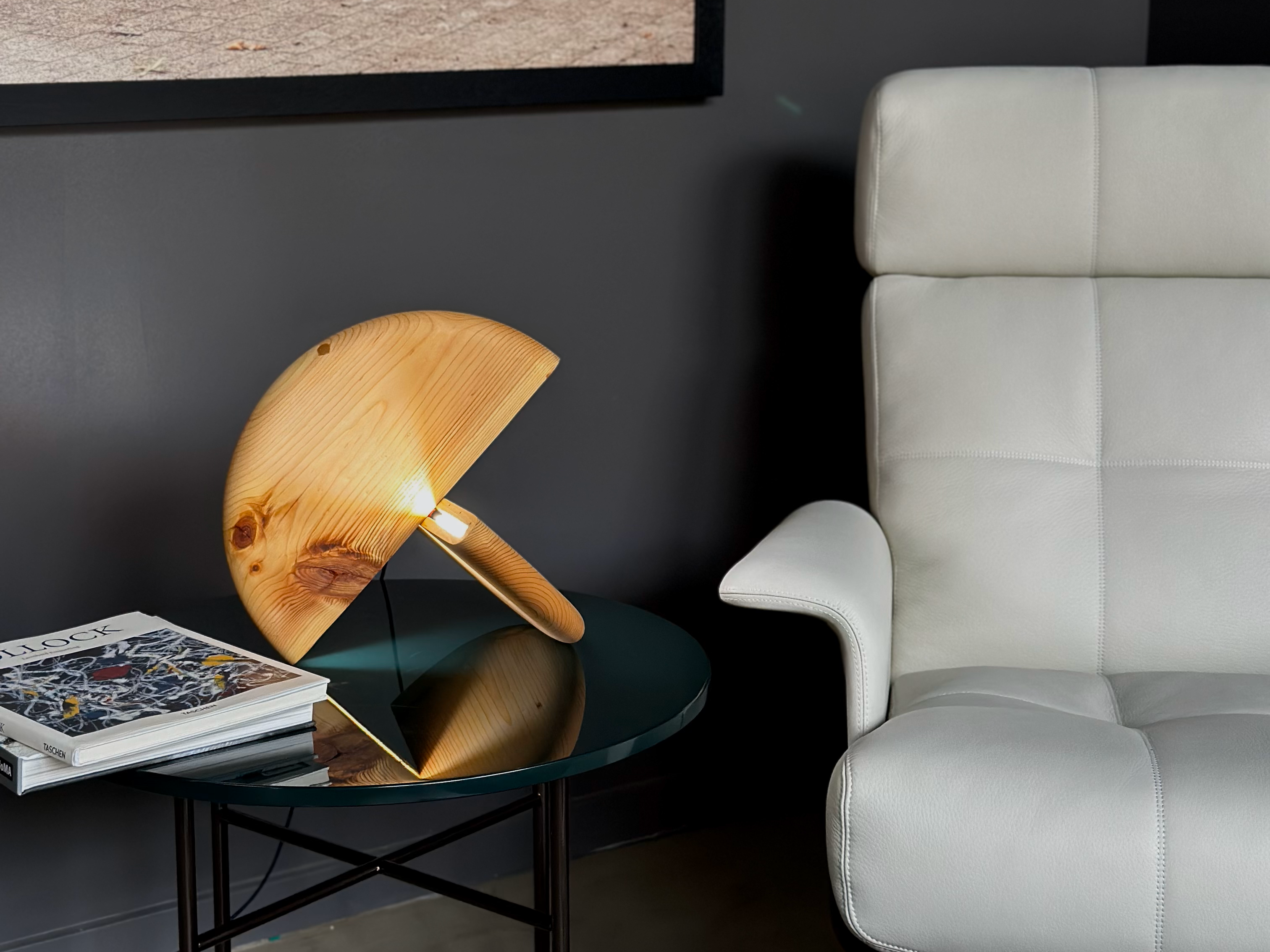Plastic hangers could do more damage to the environment than plastic bags, MoS investigation reveals. They are made from a complicated mixture of materials which are impossible to separate at the average recycling depot. More over, birds and marine life are also affected by discarded hangers seen lodged around the necks and legs of them.
Image Source: Alamy Stock photo
For this project after finalizing the concept, I allocated 2 weeks for preparing the prototype. The steps include 5 phases: 1. Designing connectors with solidworks and using CNC machine to cut them from PTEG sheets and forming them with hands 2. Makingthe plastic hangers ready by cutting the top part and making three holes by drilling along way hand sanding the holes 3. Cutting wood dowels and sanding them to achieve desired diameter 4. Assembling parts together 5. Weaving seat part by cotton rope.
This project constructs a system to valorize these discarded objects by choosing seating as a function through architectural approach. Using a geometric opportunity of hangers to construct a system consisting of translationally symmetric deployment of the hanger from arrayed on dowels that, in turn, are joined by flexible connectors as well as holding the system together by rope woven through the array. The primary system and process also become the aesthetic rhythm of the work, and the secondary application of weaving serves not only to secure the object further and soften the tactile experience, it also elevates the visual impression and overall aesthetic impact.









